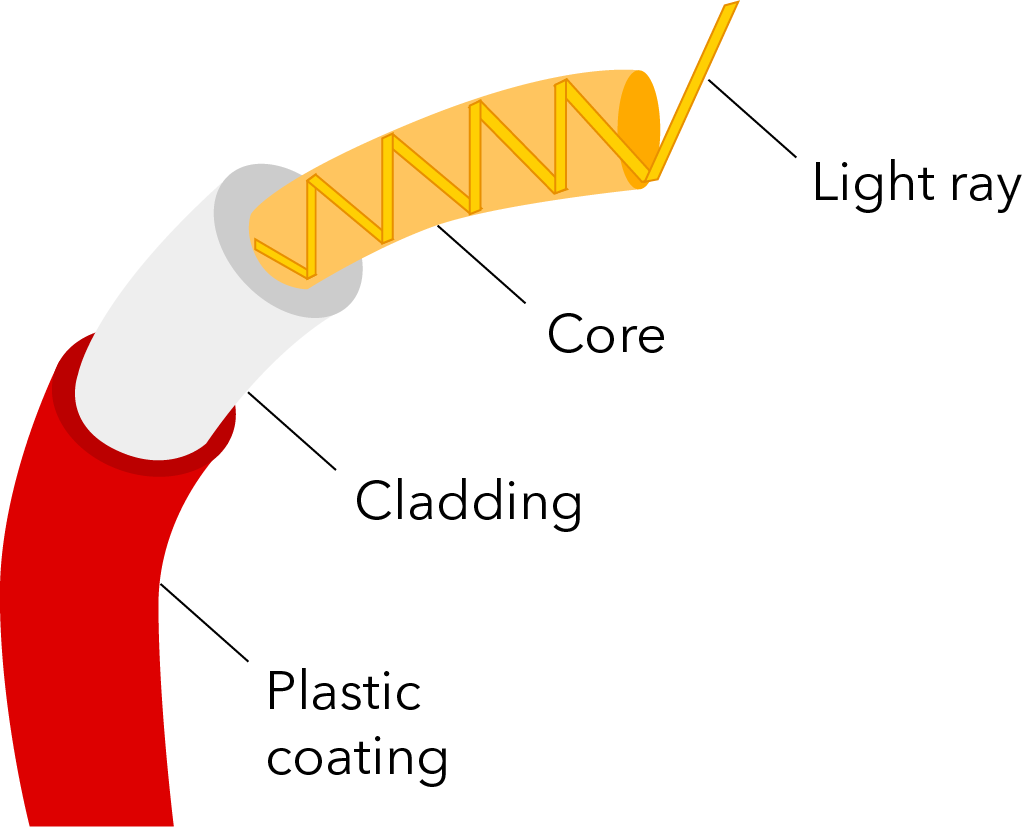Everything You Need to Know About Fiber Optics
Fiber optic cables were originally developed for endoscopes in the 1950s to help doctors see inside the human body. Engineers in the 1960s found a way to transmit telephone calls using fiber optics.
Fiber optics are thin, long strands of pure glass the diameter of human hair. They are arranged in bundles and used to transmit light signals over long distances. Fibers are used instead of metal resulting in less loss of data. Fiber optics provide businesses and homes with internet, phone, and TV services. Fiber optic cables are not metallic, and they are not affected by electromagnetic interference like the weather. Fiber optic cables are safer than traditional cables as they do not carry a current and thus cannot generate a spark.
Fiber to the Home (FTTH) or Fiber to the Premises (FTTP) is the fastest type of fiber network. The fiber optic cables are installed directly into houses, apartments, and businesses.
Fiber to the Curb (FTTC) is a little slower because the cables run to the curb near houses or businesses and copper cables carry the remaining signal the rest of the way. Fiber to the Building (FTTB) is similar; it goes to a point on a property and other cables provide the connection.
Optical fiber cables have the following parts:
Core – light travels through the thin glass center of the fiber
Cladding – Outer material that reflects light back into the core
Plastic coating – Damage and moisture protection

Benefits and advantages
The benefits and advantages of fiber optics are higher bandwidth speeds, and faster data transfer rates. Fibers are also immune to electromagnetic interference. They are thinner and lighter with less attenuation. There is also lower maintenance cost with a fiber optic network. Another benefit is longer transmission distances with greater flexibility, and improved latency. Stronger security is another benefit as fiber optic cables keep data secure.